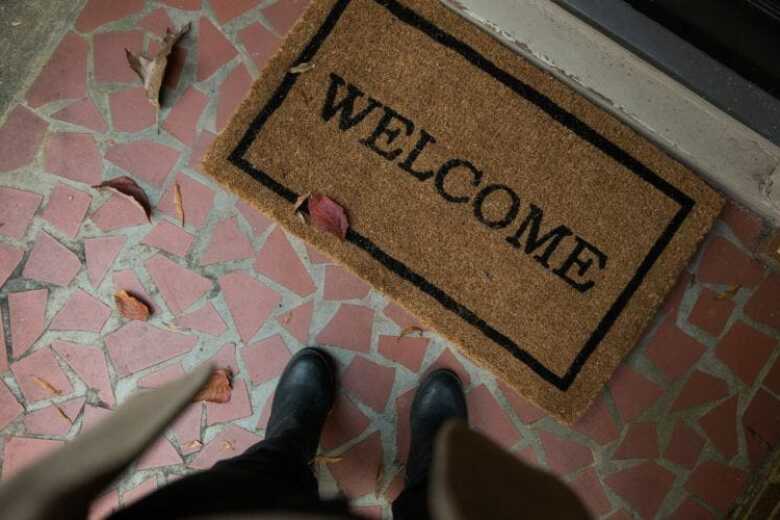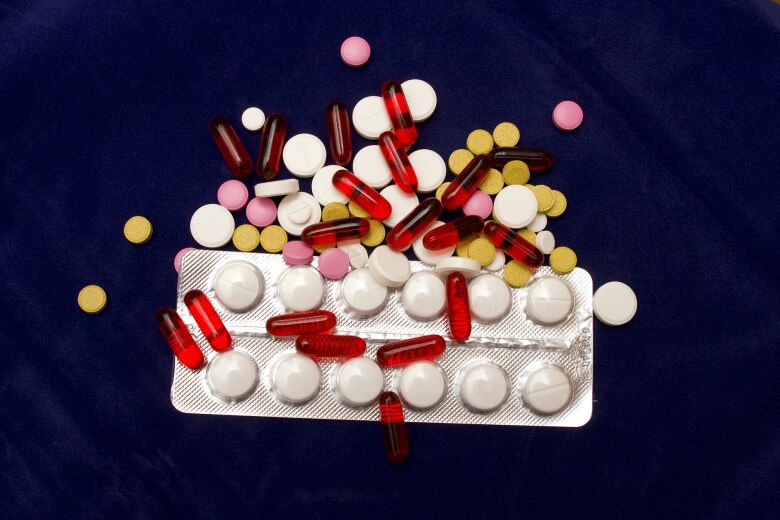There have been a number of hearings in recent months gathering information on experiences with the Federal EHR Incentive Program, better known as Meaningful Use (MU). These have brought up challenges around timelines, adherence to the letter rather than the spirit of the program, measurement, and, in particular, supporting information exchange for transitions in care.
Given that virtually all payment reform approaches are highly dependent on care coordination and tight handoffs between members of the care team, EHR support for care transitions has been a theme of the program since its inception. Similarly, adverse events, medication errors, duplicate services, and patient safety issues are often highly correlated with poor care coordination, so patients have much to gain if technology can be harnessed to improve provider communications.
Effective care coordination requires efficient information flow between caregivers and their colleagues and patients. I’ve been thinking about this during my recent travels. My house is about 15 miles from Dulles airport as the crow flies. Yet to get there, I travel between 30-66 miles, depending on whether I choose to deal with the Beltway, back roads or a primitive (though charming) car ferry, because I have to cross a river. Likewise, in Stockholm, a city built on islands, I found myself challenged to get home before sunset one evening as I grappled with ferry schedules, bridges, and the extra distance required to circumnavigate the various harbor areas.
Our healthcare system makes it equally difficult for patients and their records to move easily between two points in the care process. My primary care provider can easily produce an electronic referral, which I can request through her patient portal. But most of my specialists require me to hand carry a paper copy to their offices, and I can’t use the portal for my children due to consent rules. I can use online scheduling for a vaccination or a blood draw, but not for the radiology center required by my insurer. None of the surgical notes from two local procedures are in my electronic health record. My physical therapist has a portal. So do my insurer, my family doctor, and my local hospital. But I have to take responsibility for pulling all those pieces together, with the result that I use none of them.
Somehow, despite all our investments in EHR technology, we continue to treat patients, and their providers, like islands – with far less connectivity between them than the archipelago that is Stockholm. I’ve spent my entire adult life (longer than I’ll admit!) working with health information technology, shaping the vision, and then bumping into real world care. It’s why, when I made a career move earlier this year, I chose to commit myself to making connected care a reality. As we begin this online dialogue here at PULSE, I look forward to a fruitful conversation about what works, and how we can make a difference together.





































